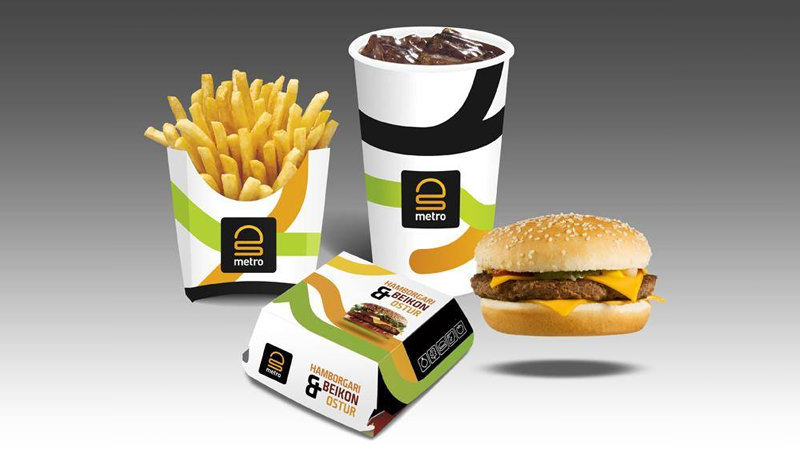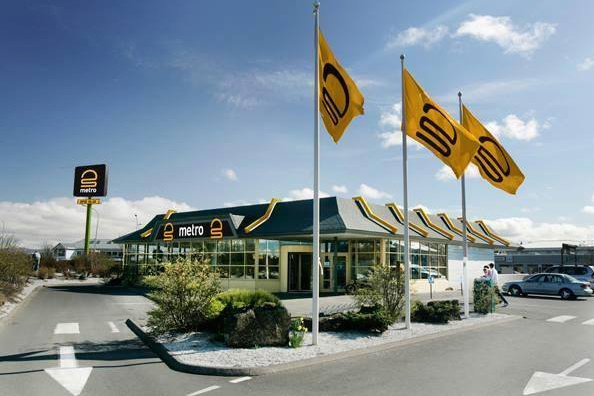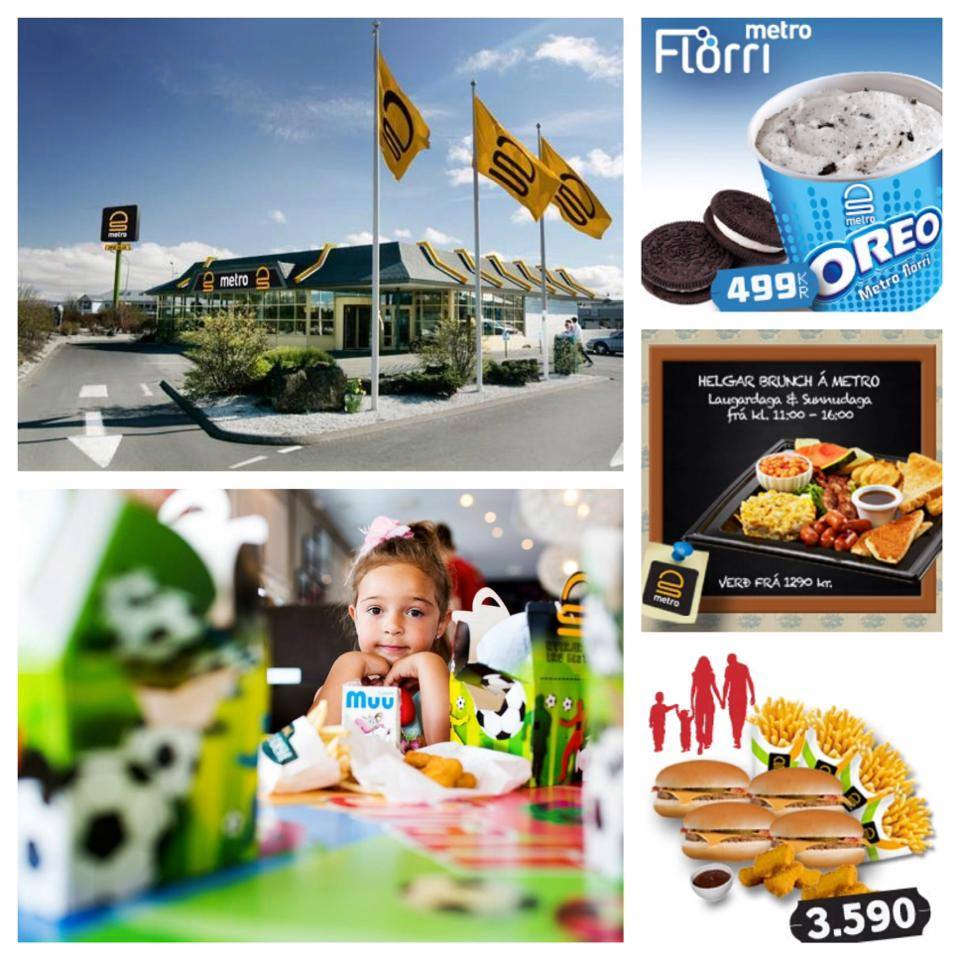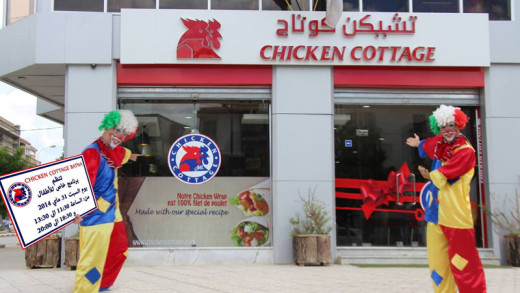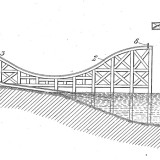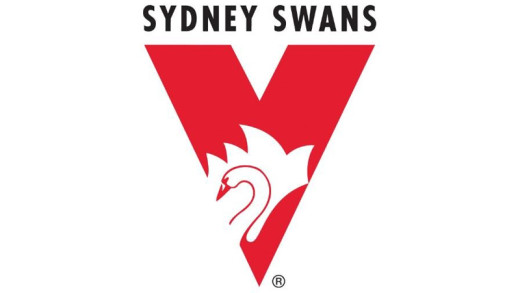Fast food geography: Discover Iceland through Metro
Europe’s mysterious island can still make a good burger. It’s time to learn the basics about Iceland by visiting the fast food leader, Metro.
Even McDonald’s couldn’t handle Iceland’s economy
Why are we visiting Metro instead of McD’s? Because McDonald’s left.
In 2009, the worldwide chain vacated the tiny island nation. Iceland was hit especially hard by the 2008 crash, and the rising cost of importing food and the economically depressed populace made it too hard for McDonald’s to stay. If the chain had stayed, they would have had to raise prices to levels that weren’t in line with worldwide prices for their fast food. Iceland’s small population—about 300,000—didn’t help.
Metro is actually a spin-off of the shuttered McDonald’s restaurants, and it appears to be doing well.
Iceland uses the volatile króna for currency
Another reason McDonald’s had trouble? The króna was going through changes.
Today, you can get a big burger for 699 KR. After the 2008 crisis, inflation lowered króna value and made it hard for McDonald’s to adjust. The more nimble Metro can do that easily.
Though Iceland has considered a switch to the Euro, it won’t happen in the near future.
A lot of Metro’s food can be grown locally
You probably already know that Iceland is a bit of a misnomer. Metro proves it by locally-sourcing many of their ingredients.
The chain overcame some of the McDonald’s cost issues by sourcing food locally, from produce to cattle. Though Iceland is known as a fishing country, its small percentage of arable land still produces food for Metro.
An important linguistic note
In Icelandic, burger is “borgari.” What more do you need to know?


